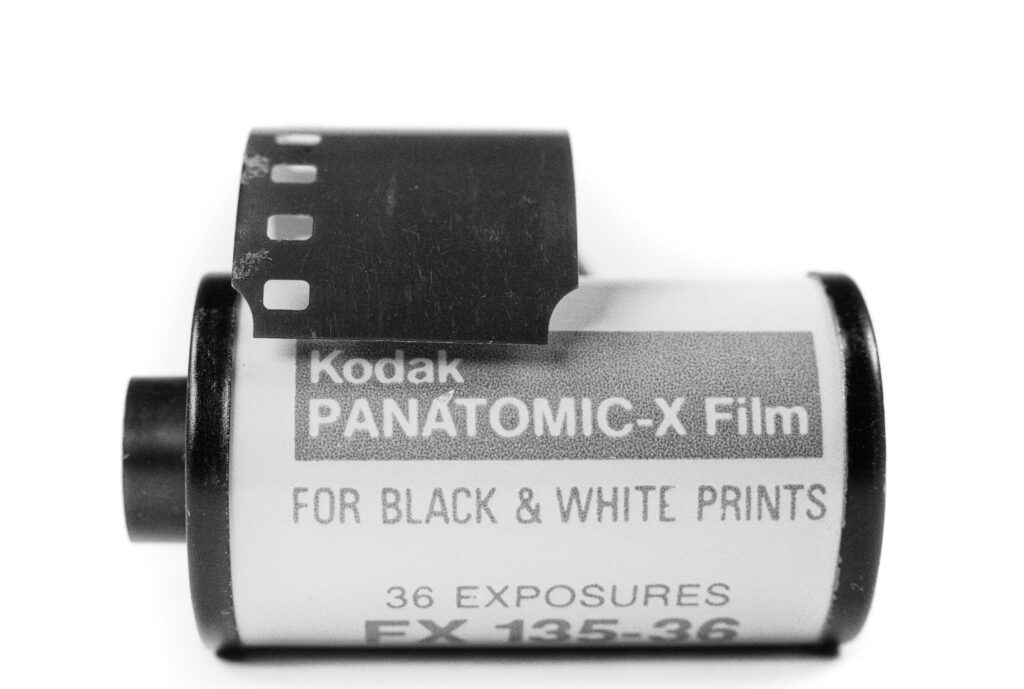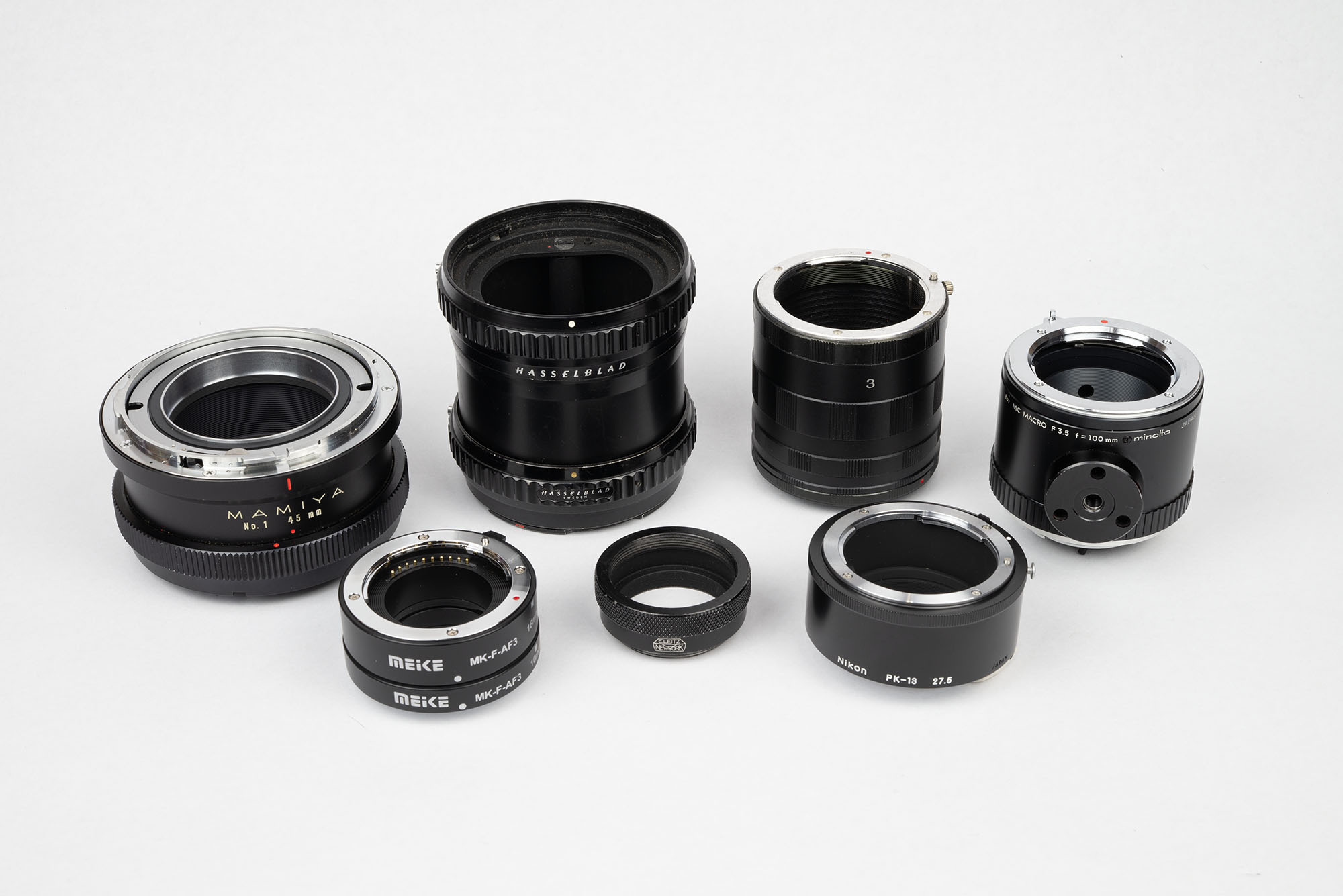There are some accessories that open up a whole new type of photography just by themselves. The humble extension tube is one of them. Not to be confused with teleconverters, extension tubes are just tubes with no optics that mount between the camera body and the lens. The net effect of adding this distance is dramatically reducing the minimum effective focal distance of the lens.
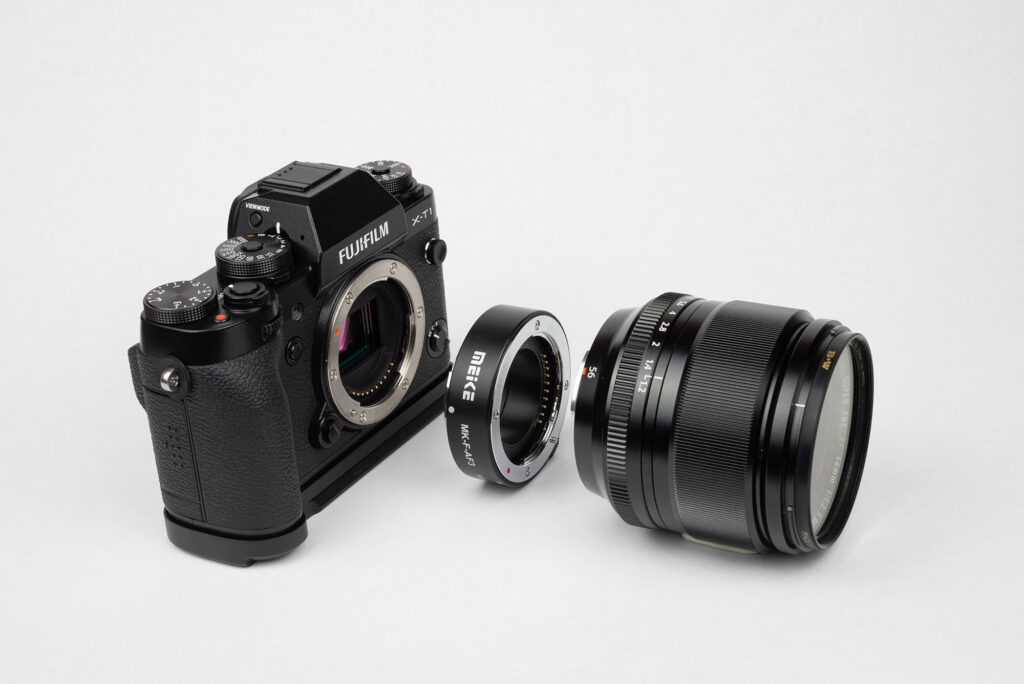
Best when used with a lens that is plenty sharp to begin with, this simple and inexpensive device provides limited macro capabilities without the cost or space constraints of a dedicated macro lens. When used with a macro lens, it allows for even greater degree of magnification. Specially designed macro systems of lenses and bellows have much more range of focus and magnification, but an extension tube offers an inexpensive, lightweight, fast and easy option to getting closer to one’s subject.
When adapting a vintage lens with an extension tube to a mirrorless digital camera, two options appear. Number one is placing an extension tube between the adapter and the camera body. Those of us that adapt lenses with different mounts may benefit most from this option. This eliminates the need for an extension tube for each of the different lens mounts. Option number two is to place an extension tube for the vintage lens mount between the lens and the adapter. These are simply two ways of using extension tubes to put more distance between the lens and the sensor; the net effect is the same.
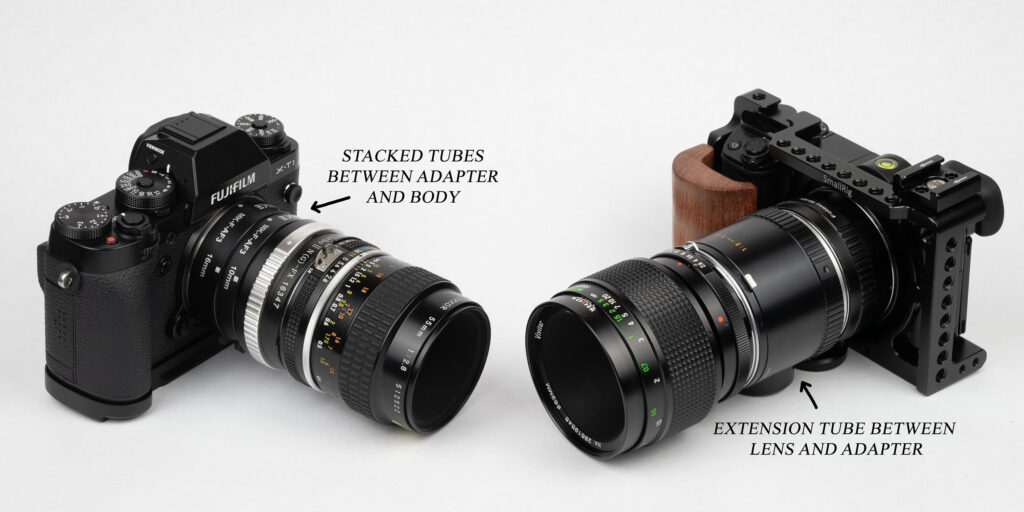
Most of the old-school Nikon photographers that used the ubiquitous Micro-Nikkor 55mm f2.8 (or f3.5 model) had a standard PK-13 extension tube in the bag as well. That doubled the magnification ratio from 1:2 to 1:1, allowing for closer photos. The Micro-Nikkor was optically good enough to use without fear of image degradation on film. I still use one on a Nikon full-frame DSLR.
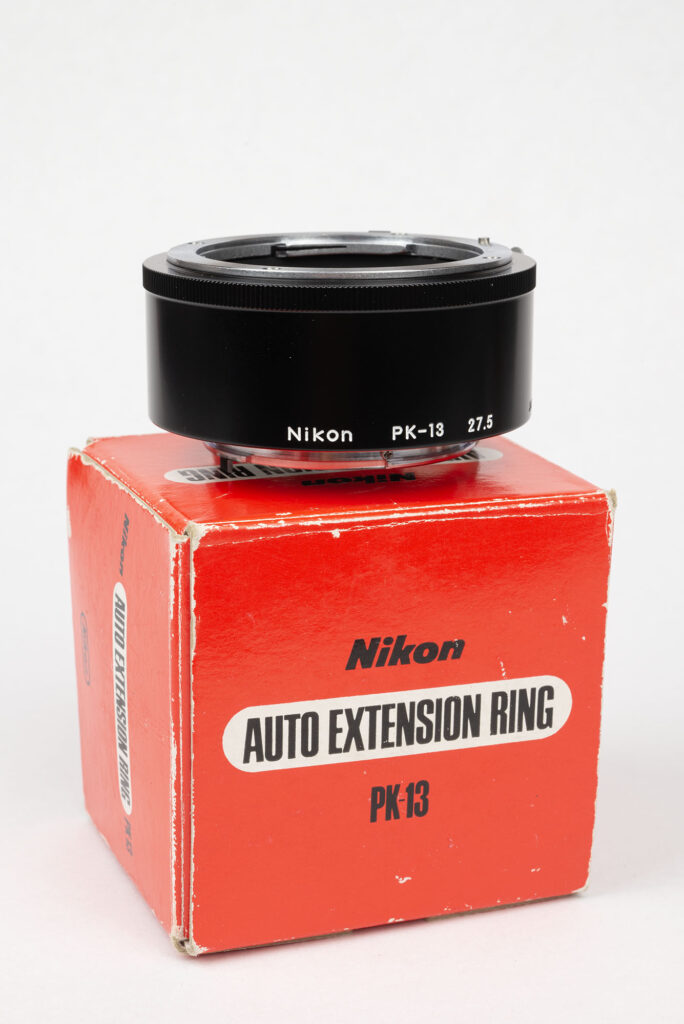
On a whim, I picked up an old Leitz LTM mount 15mm extension tube originally intended for use on the Visoflex or Leitz copy stand. I mounted it between a Leitz Summitar 50mm f2 and a Sony mirrorless body with LTM adapter. Initially I was concerned about the optical quality of a 75-year-old lens, but I was pleasantly surprised to have perfectly useable close-up images.
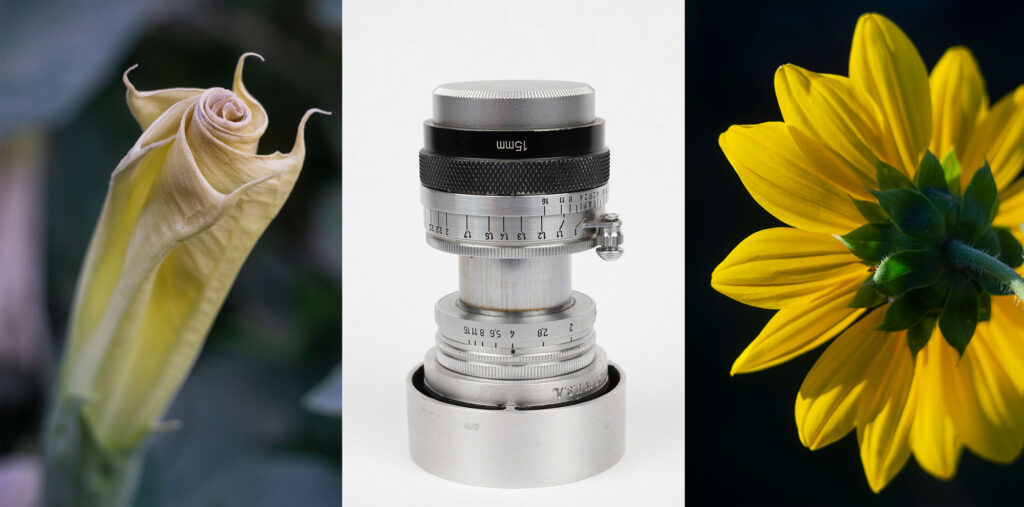
My Mamiya RB67 occasionally wears an extension tube as well. Even though the Mamiya focuses remarkably close with its extending bellows, the extension tube allows for even greater magnification. Mamiya-Sekor optics are more than capable in this application.
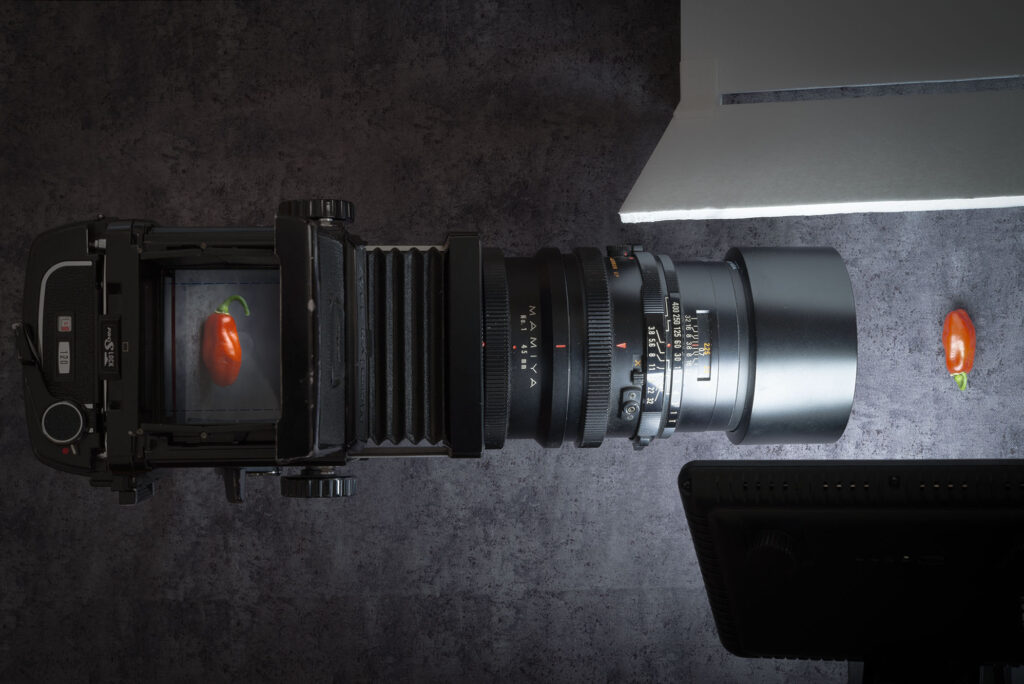
On film or on digital, they are cheap and fun. There are plentiful options for digital cameras, for use with native autofocus lenses. They have electronic contacts that preserve the communication between the body and the lens, allowing for autofocus and aperture control. As versatile as they are, I have come across surprisingly few people who still use them. They appear to be overlooked.
